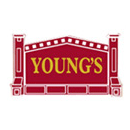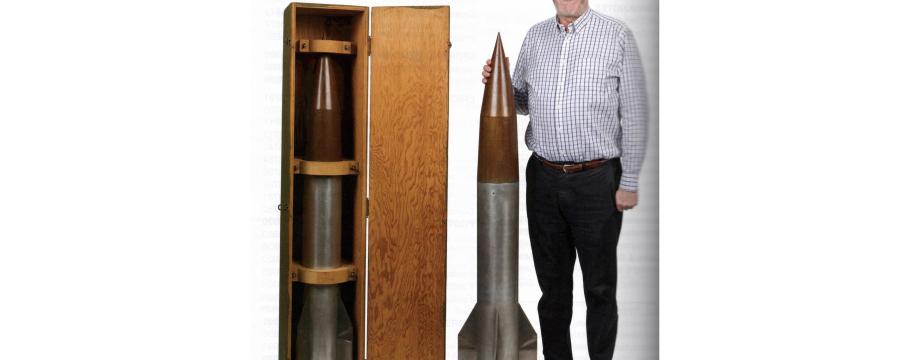



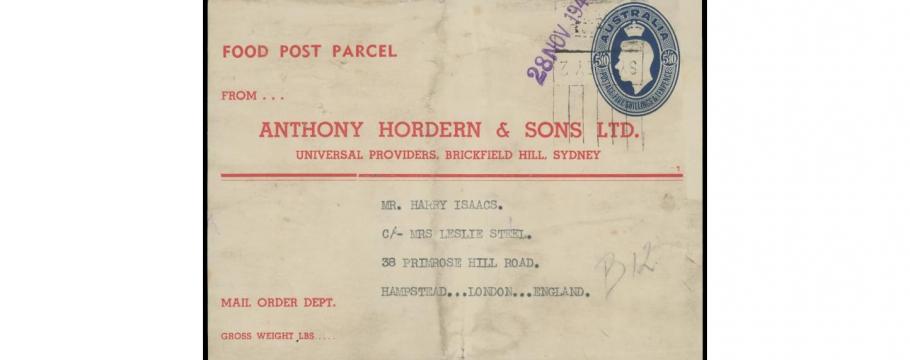

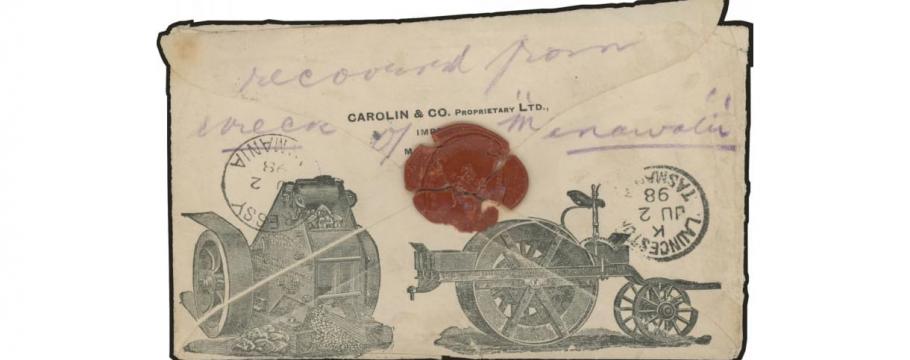


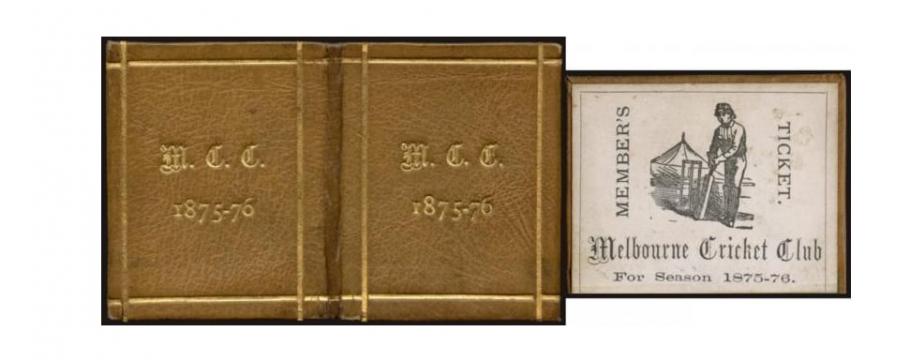
A rocket blasts its way through Australian stamp auction
Author: Richard Brewster | Posted: 1st November, 2022
Buried in the catalogue for Melbourne-based Abacus Auctions forthcoming three-day sale of stamps, postal history, postcards, coins and banknotes, militaria and sporting memorabilia is a photo of a V-2 rocket (lot 3050) – used by the Nazis during World War II to attack Allied cities in retaliation for the damage they were suffering at the hands of Allied bombing.
The world’s first long range guided ballistic missile, this auction example is a one-third scale model prototype lent in 1954 to the Microwave Radiation Company in Venice, California by the Willow Run Research Centre at the University of Michigan for field test programs.
Powered by a liquid propellant rocket engine, from 1944 more than 3000 V-2s were launched first against London and later Antwerp and Liege in Belgium.
The V-2 was the progenitor of all modern rockets including those used by the United States and Soviet union space programs and was the first man-made object to travel into space.
After the war, American, Soviet and British Governments gained access to the V-2’s technical designs and recruited German scientists responsible for their creation – with parts of almost 100 rockets brought to the USA for research and experimentation.
Preceded on Wednesday November 9 by the sale of South Australian Don Pearce’s stamp collection, the much larger general auction of more than 1000 items begins at 11am Thursday November 10 at 29 Hardner Road, Mount Waverley and continues at the same time for the following two days.
Early in the auction is lot 2064, an entry in Australia’s 1911 Stamp Design Competition for a Ten Shillings note, featuring a hand painted pen and ink essay by the Kihn Brothers Bank Note Co with a catalogue estimate of $12,000.
The company submitted eight extremely professional designs which were unacceptable because they were not from an Australian or British entrant.
The majority of the 1051 submissions were uninspiring, poorly executed and, according to the judges, of no artistic merit.
At the same estimate is a £2 first watermark grey-black and crimson kangaroo stamp (lot 2079) complete with marginal example from the right of the sheet with “Colour spot North of the Bight”.
Lot 2109 features a marginal block of 12 £1 grey kangaroo stamps while lot 2158 is a single watermark King George V head.
Among the more interesting postal history items is a 1946 food parcel label from Sydney’s Anthony Horden & Sons Ltd (lot 2206) – believed to be one of only two complete labels in existence.
Another intriguing item is the rare 1897 printer’s proof of Sydney’s Hornsby lighthouse (lot 2307), one of six examples in different colours and a design not ultimately adopted by the Government printer William Gullick.
Colourful is the 1898 water damaged illustrated Carolin & Co Farm Machinery (Bendigo) advertising cover (lot 2366) – with the stamp washed off – resealed with red wax and a fine impression of the “Post Office Launceston(crown) Tasmania” recovered from the wreck of the Manawatu.
A $15,000 catalogue estimate has been assigned to a Western Australian twopenny mauve “error of colour” stamp (lot 2440) while a graded very fine 1930 penny (lot 3142) is estimated at $25,000.
Pennies from that year were not officially minted at the Melbourne Mint (possibly because it coincided with the start of the Great Depression) but were thought to have been struck for tourists visiting the venue – and later became valuable and much sought after collector coins.
Among the many sporting memorabilia items is an 1875-76 Melbourne Cricket Club member’s season ticket (lot 3714) in tan leather.

